These soft, gooey cinnamon raisin rolls have all the flavor of cinnamon raisin bread, but with an even better texture. With the combination of fluffy, raisin-specked dough, buttery cinnamon and brown sugar filling, and thick schmear of cream cheese frosting, they couldn't be a more irresistible breakfast option. To make your morning easier, these homemade sweet rolls can even be prepped a day in advance!
If you ask me, sweet rolls of any sort - whether filled with cinnamon, chocolate, or other mix-ins - are as good as breakfast gets. The bread-to-filling ratio is spot-on, the texture is soft and doughy, and the frosting is (quite literally) the icing on the cake. And while I love a classic cinnamon roll, I'd be remiss not to share this variation, made with juicy, plump raisins for even more flavor. Think of them as a mashup of cinnamon raisin bread and hot cross buns, but better!
Jump to:
Tips for making these rolls
If you're new to baking with yeast, start by reviewing my tips for success with homemade sweet rolls. They cover many of the basics that will help you with this cinnamon raisin roll recipe. Beyond that, here are a few pointers specific to these rolls:
- Soak your raisins: By letting the raisins soak in orange juice for 15 minutes prior to using them, you can rehydrate them a bit, which avoids the issue of dry, semi-bland raisins in your bread dough. (This is also a great hack for oatmeal raisin cookies!)
- Scald your milk: I recommend warming your milk to 180ºF (and then cooling it to 120º-130ºF) before using it in this dough. At 180ºF, the whey protein in milk breaks down, allowing for better gluten formation. Your dough can then rise better, and your cinnamon buns will be more tender.
- Knead the dough well: It's crucial to take your time with kneading - in the case of this recipe, I usually knead the dough for about 10-15 minutes. It should be soft, elastic, and stretchy when you're done, and that's when you know the gluten and yeast are ready to work their magic to make the dough rise.
- Prep ahead: Although you can definitely bake these rolls the same day you make the dough, the entire process does take some time. If you want freshly-baked cinnamon rolls for breakfast but don't want to wake up at the crack of dawn to bake them, I highly recommend doing the prep work a day in advance. More details on that in the recipe instructions below!
Ingredients and substitutions
Everything you'll need for these homemade cinnamon raisin rolls is pictured in the photo below, with specific amounts in the recipe card at the bottom of this post. Let's discuss a few details before we dig into the how-to.
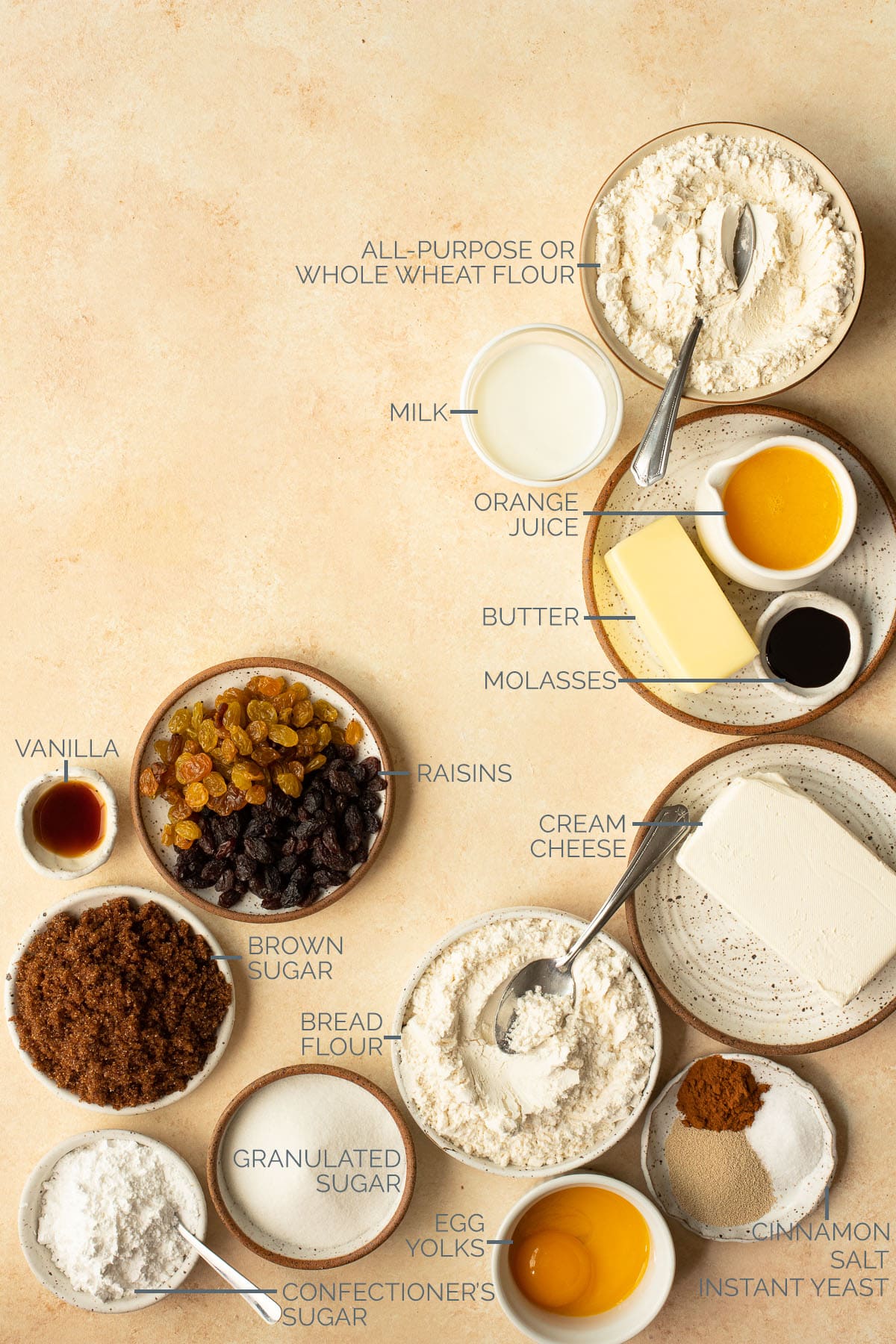
- I like to use a combination of regular and golden raisins, but feel free to use whatever you have on hand.
- You can use store-bought orange juice or (my preference) freshly-squeezed. Water can be substituted; it won't add the same flavor to your dough, but it will still do the job of rehydrating the raisins. And don't forget - bring your liquids to room temperature first! This is important for ensuring your dough rises properly.
- Whole milk is best, although any kind will work.
- Although I use unsalted butter in the cinnamon roll dough and filling, I find that salted butter is best for the cream cheese frosting. If you only want to buy one, I'd go for unsalted and just increase the salt in the frosting to ⅛ teaspoon.
- Bread flour is the key ingredient to super-soft, perfectly-chewy, fluffy cinnamon rolls. I also like to add a bit of whole wheat flour to the mix for the slightly richer flavor it contributes, but that's optional. If preferred, you can replace the whole wheat flour with additional bread flour or all-purpose flour.
- I've always used instant yeast for this recipe. If you prefer to use active yeast, it should work fine with a 1:1 swap, but I'd recommend proofing it with a portion of the warm milk and sugar rather than adding it directly to the dry ingredients. The milk should be cooled to 105º-110ºF for active yeast.
- Light and dark brown sugar are interchangeable here. Use whichever you have.
- Use full-fat, brick-style cream cheese for your frosting, always!! If you're going to make the best cinnamon raisin rolls, you'll want to make sure you're icing them with a perfectly thick and tangy cream cheese frosting. You'll need the good stuff to make that happen.
How to make cinnamon raisin rolls
If you've made homemade cinnamon rolls before, this is essentially the same process. The main difference is that we'll be kneading raisins into the dough, which is easy!
Make the dough:
Step one - Rehydrate the raisins: Using a small bowl, submerge the raisins in the orange juice and let them soak while you work on prepping the other components of the bread dough.

Step two - Scald the milk by heating it to 180ºF - you can do this on the stove or in the microwave. I recommend gauging the temperature with an instant-read kitchen thermometer. Then, add cubed butter and allow it to melt. Once melted, whisk the mixture to smooth it out, and let it cool to 120º-130ºF while you work on step three.
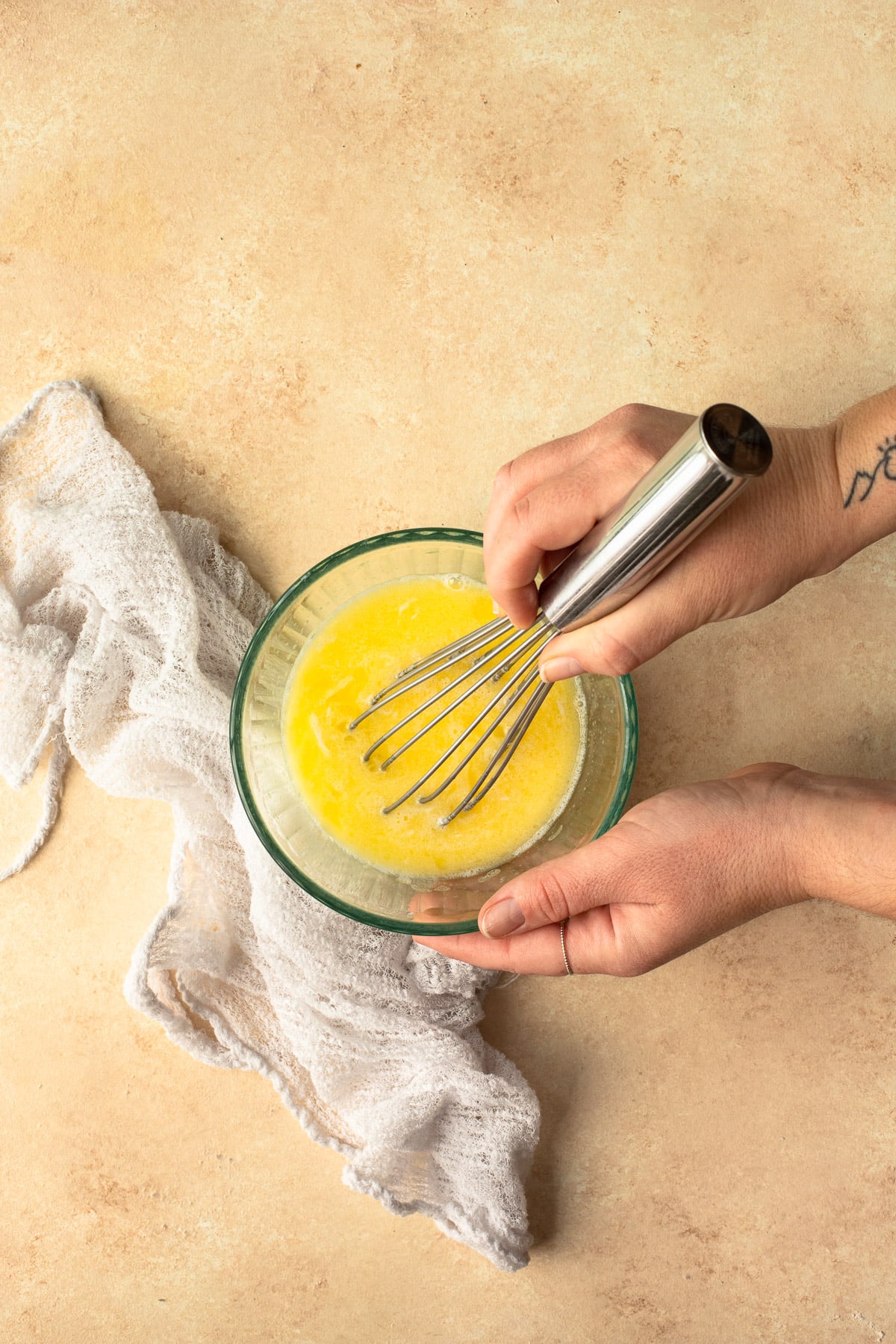
Tip! Liquid temperature for yeast doughs
Temperature is important when working with yeast. If your liquids are too hot, they'll kill the yeast. If they're too cold though, it'll take a lot longer for the yeast to do its job. 120º-130º is the perfect sweet spot for instant yeast.
Step three - Combine the dry ingredients. In a large mixing bowl, whisk together the bread flour, whole wheat flour, granulated sugar, yeast, and salt.
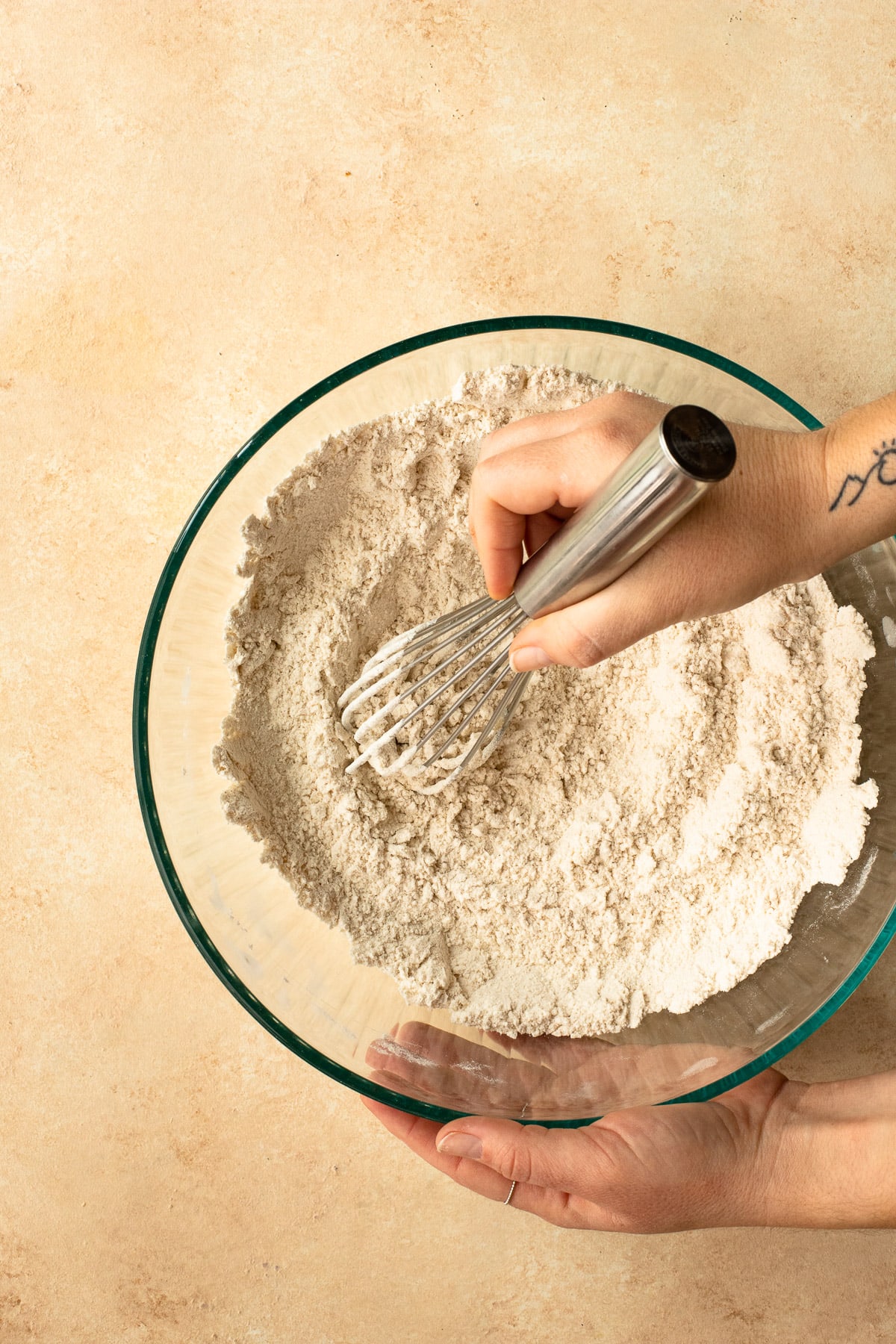
Step four - Combine the liquid ingredients. Add two (room temperature) egg yolks and molasses to the cooled milk mixture, and whisk until smooth.
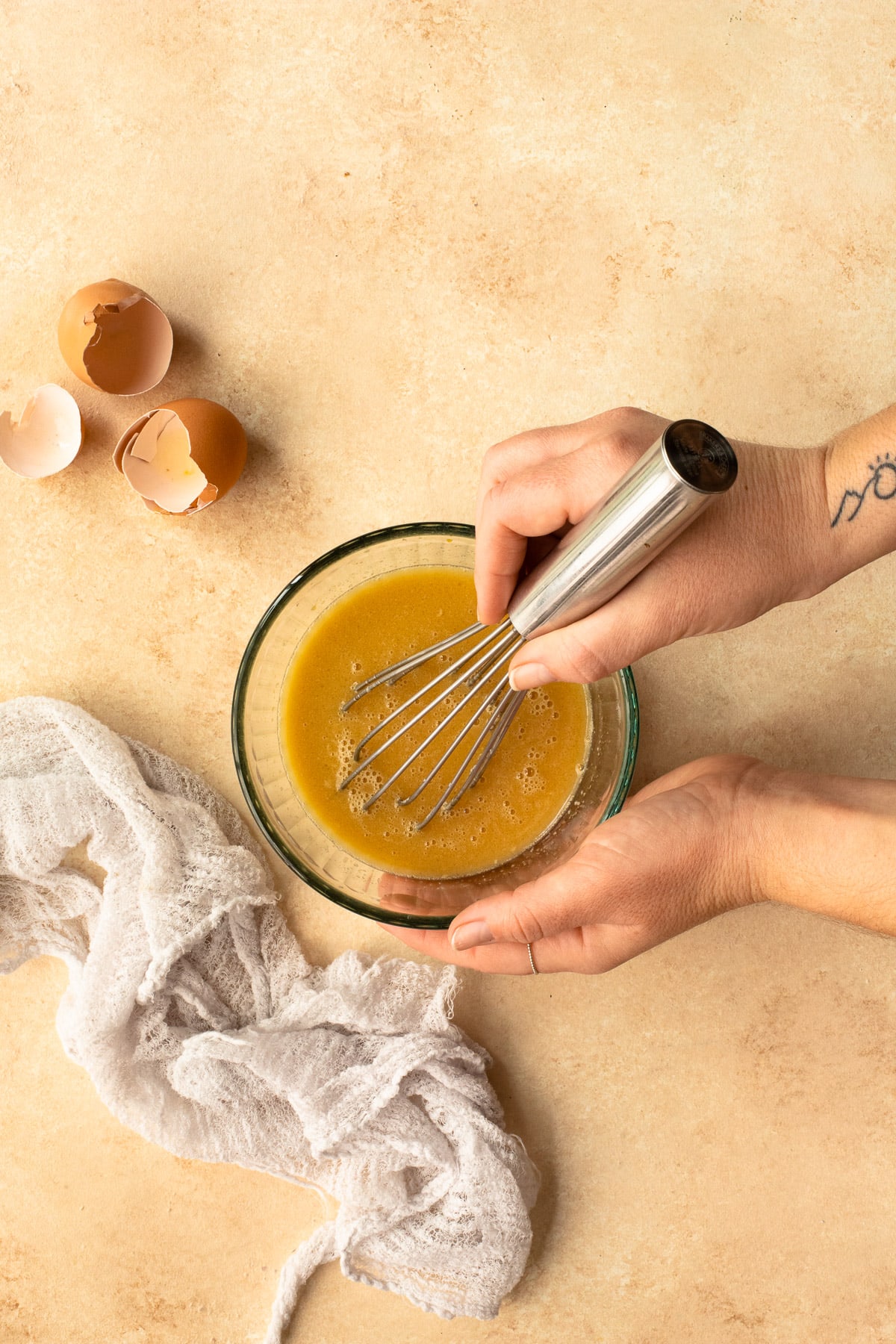
Step five - Make the dough. Combine the milk mixture and raisin mixture with the dry ingredients, using a rubber spatula to incorporate the flour into the liquids. You can then start kneading the dough by hand until it fully comes together.
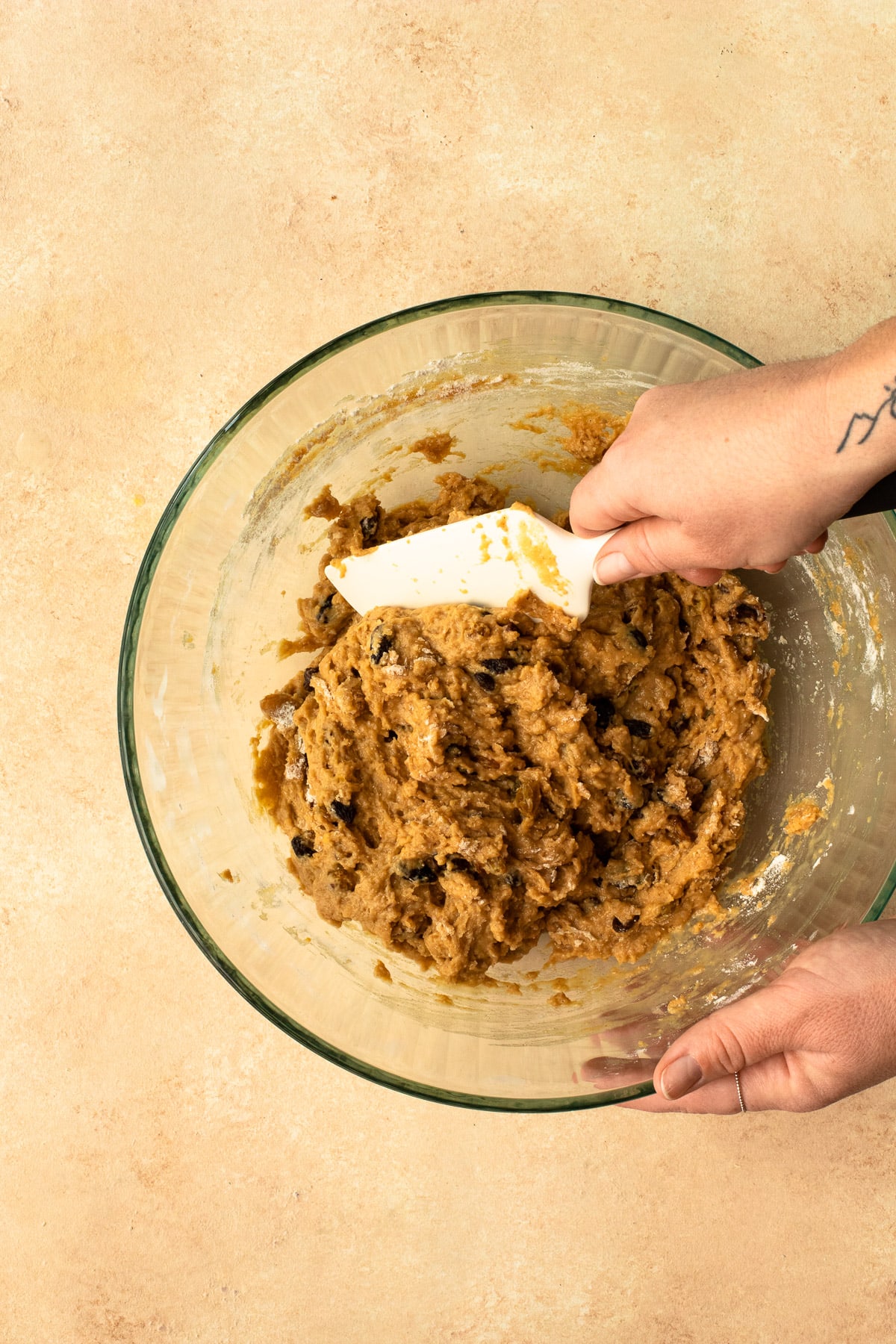

Step six - Knead. Turn the dough out onto a lightly floured surface (you can use a sheet of parchment or a smooth-surface countertop) and knead for 10-15 minutes, until it's soft, smooth, and elastic. You may need to incorporate up to an additional 4 ¼ ounces (or 1 cup) of bread flour in the process. Do this gradually, and only if you find that the dough is sticking to your hands or your work surface.
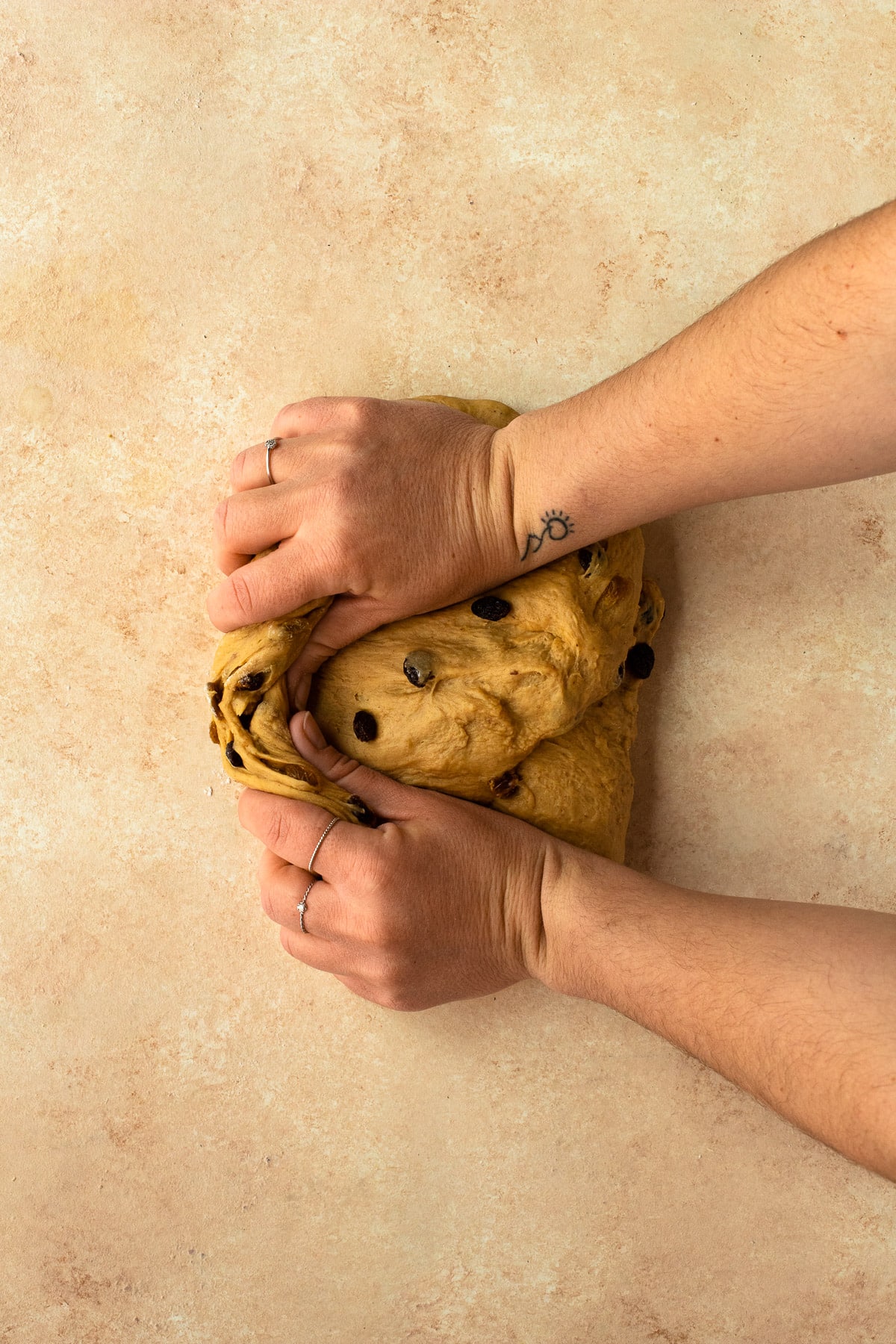
Step seven - Shape and rest. Shape the dough into a smooth ball and transfer it to a lightly-oiled, medium-size ball, flipping it over once to coat both sides in oil. Cover it with plastic wrap or a clean kitchen towel and let it rest at room temperature for 30-60 minutes. It may not rise significantly during this time, but you should still aim for a longer resting period if your kitchen is on the cool side.
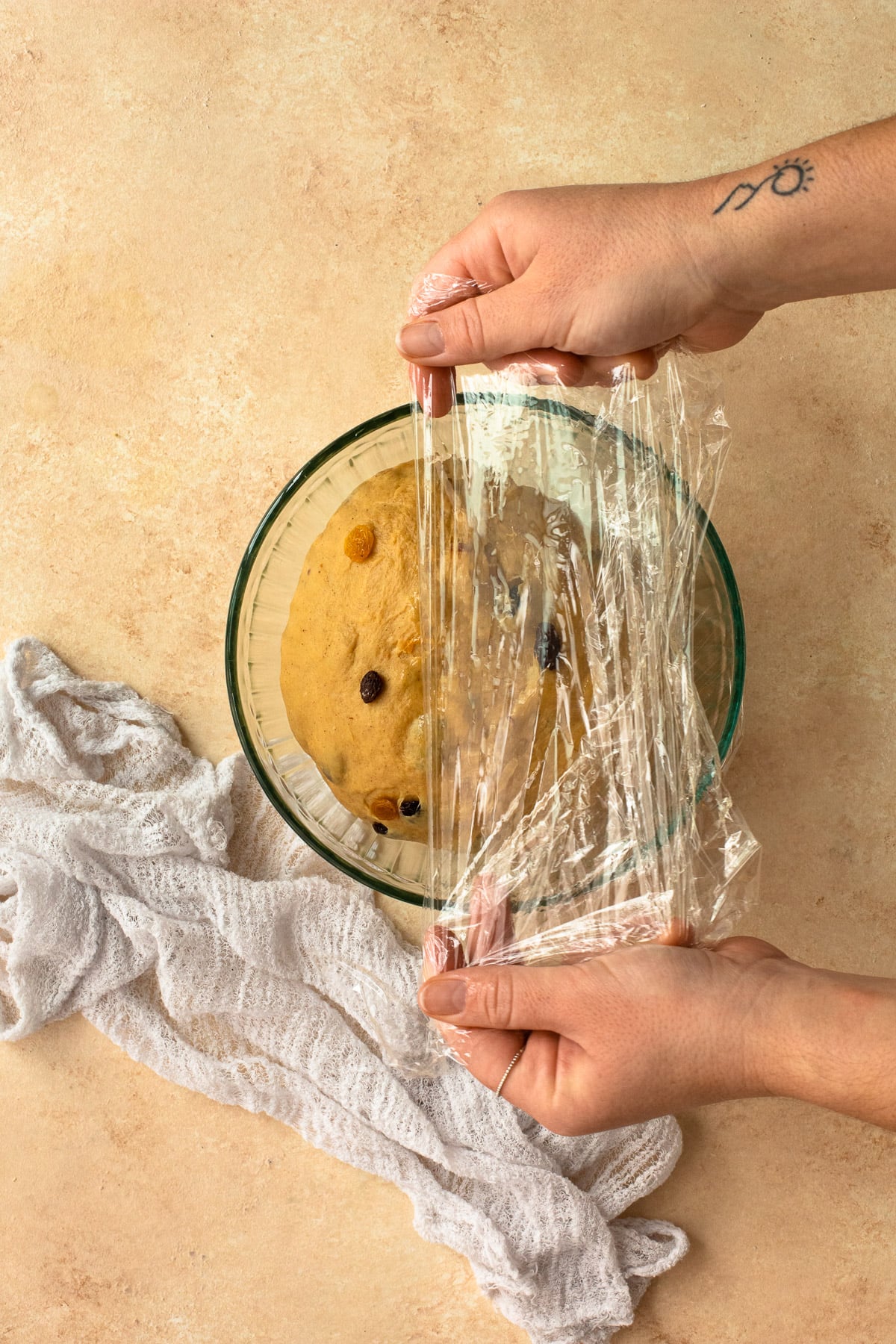
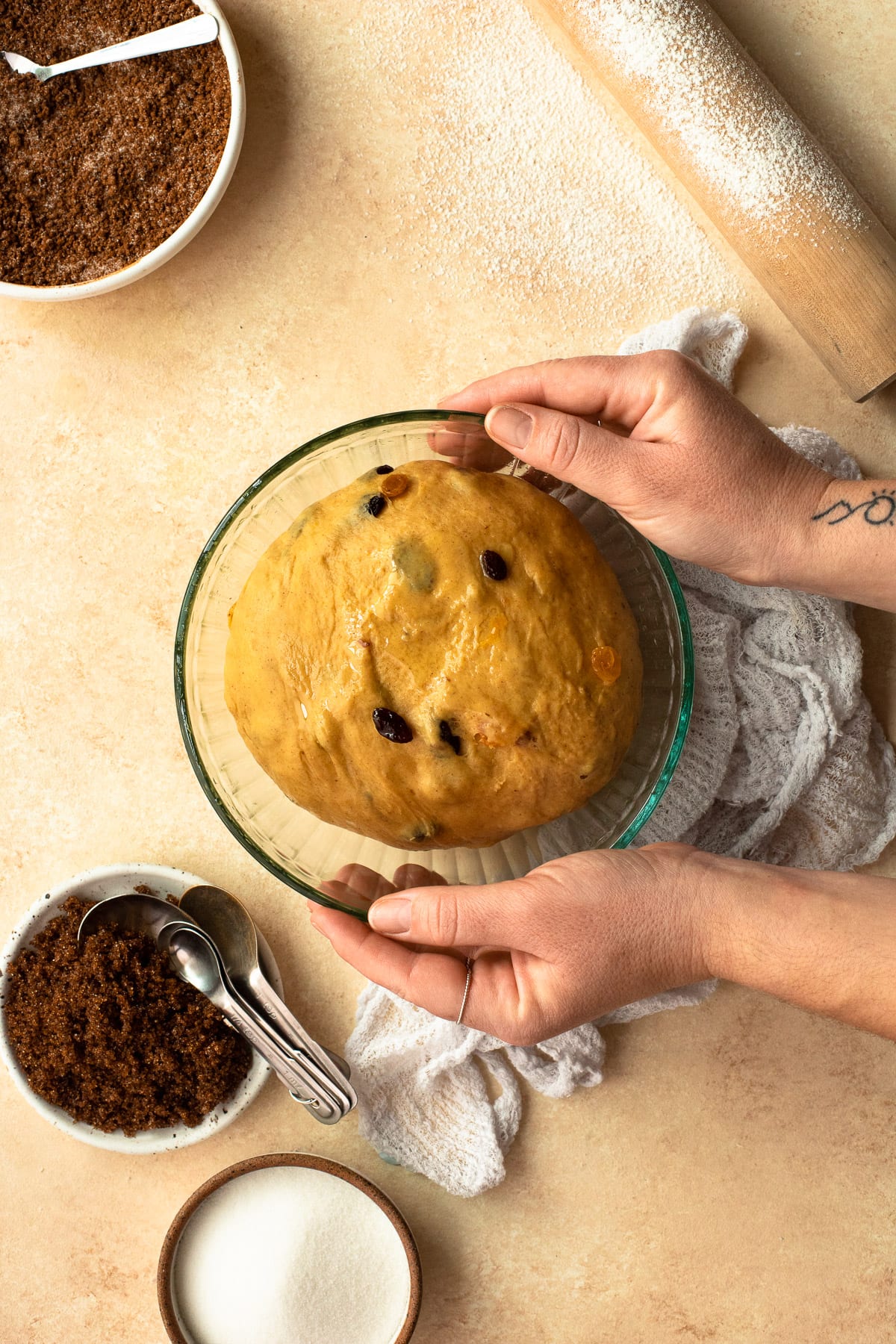
Add the cinnamon filling:
Step one - Make the cinnamon-sugar: In a small bowl, whisk together brown sugar, granulated sugar, and cinnamon until well-combined. This will become your cinnamon roll filling.
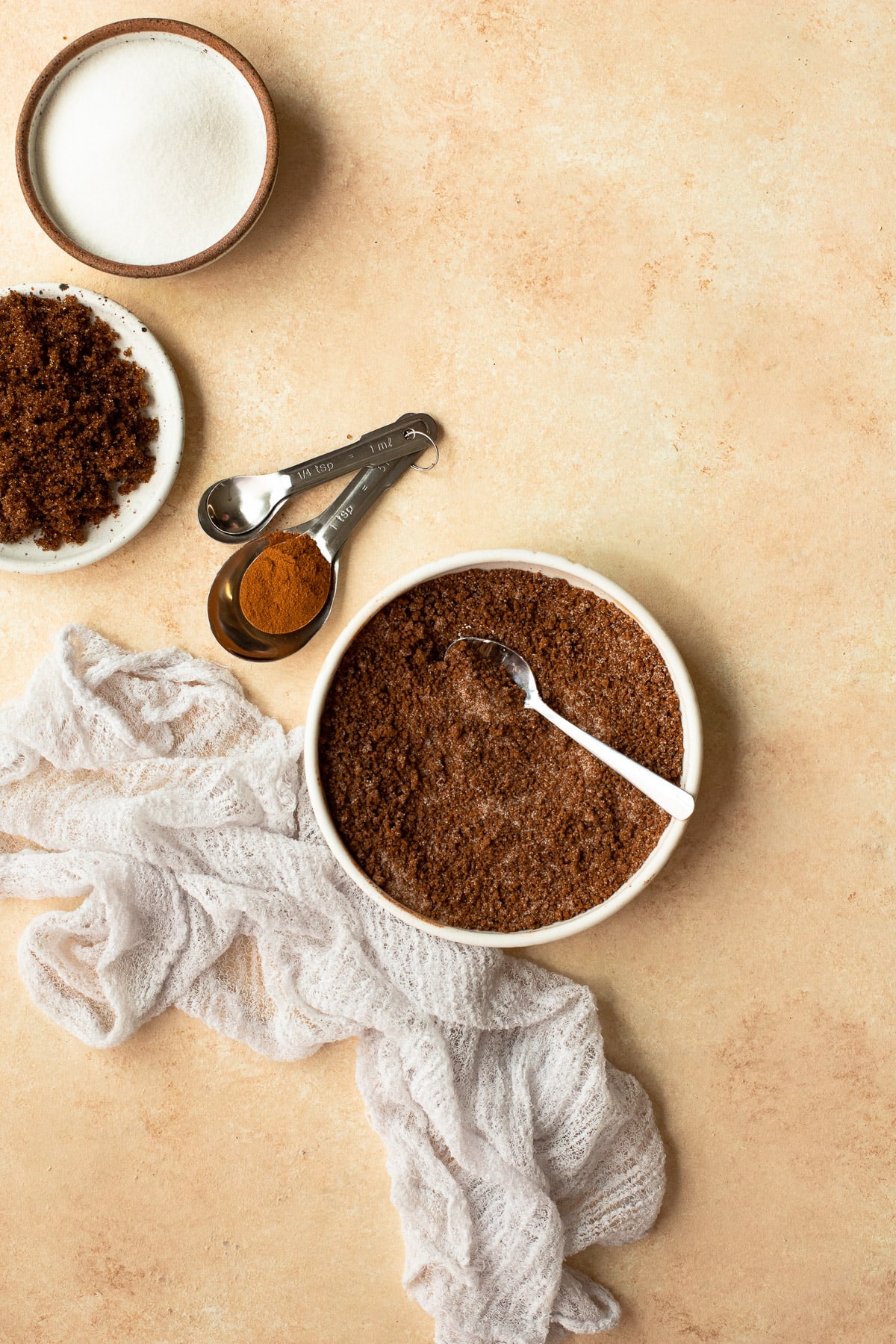
Step two - Roll the dough out. Place the dough on a lightly-floured surface (your counter, a cutting board, or even a large piece of parchment paper will work) and use a rolling pin to shape it into a 12"x16" rectangle, with one of the 12" sides facing you. If you're having trouble getting it to size, it can help to lift the dough from one end and let it hang a bit as you go, as well as gently stretch the corners apart to keep the edges roughly squared off.
Rub the softened butter over the surface of the dough, and then sprinkle the cinnamon sugar filling evenly over top, leaving about an inch of the buttered dough uncovered on the side furthest away from you.
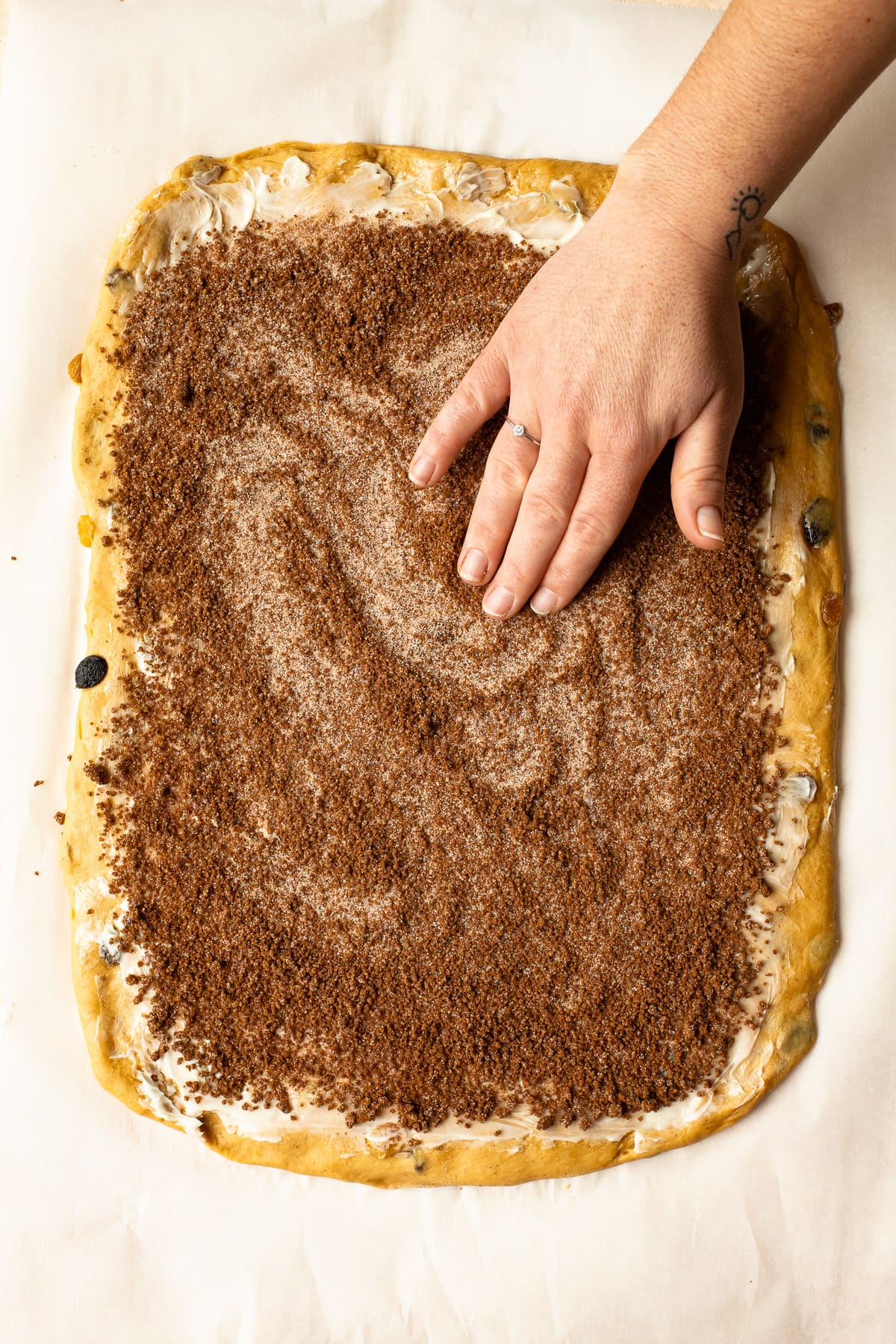
Step three - Roll and slice: Beginning with the side closest to you, roll the dough into a tight log, jelly-roll style. Once you reach the end, roll the log so that the seam is at the bottom. Use a sharp knife or a piece of floss to slice the log into twelve equal pieces. It helps to slice it in half first, slice each side in half once more, and then slice each quarter into thirds.
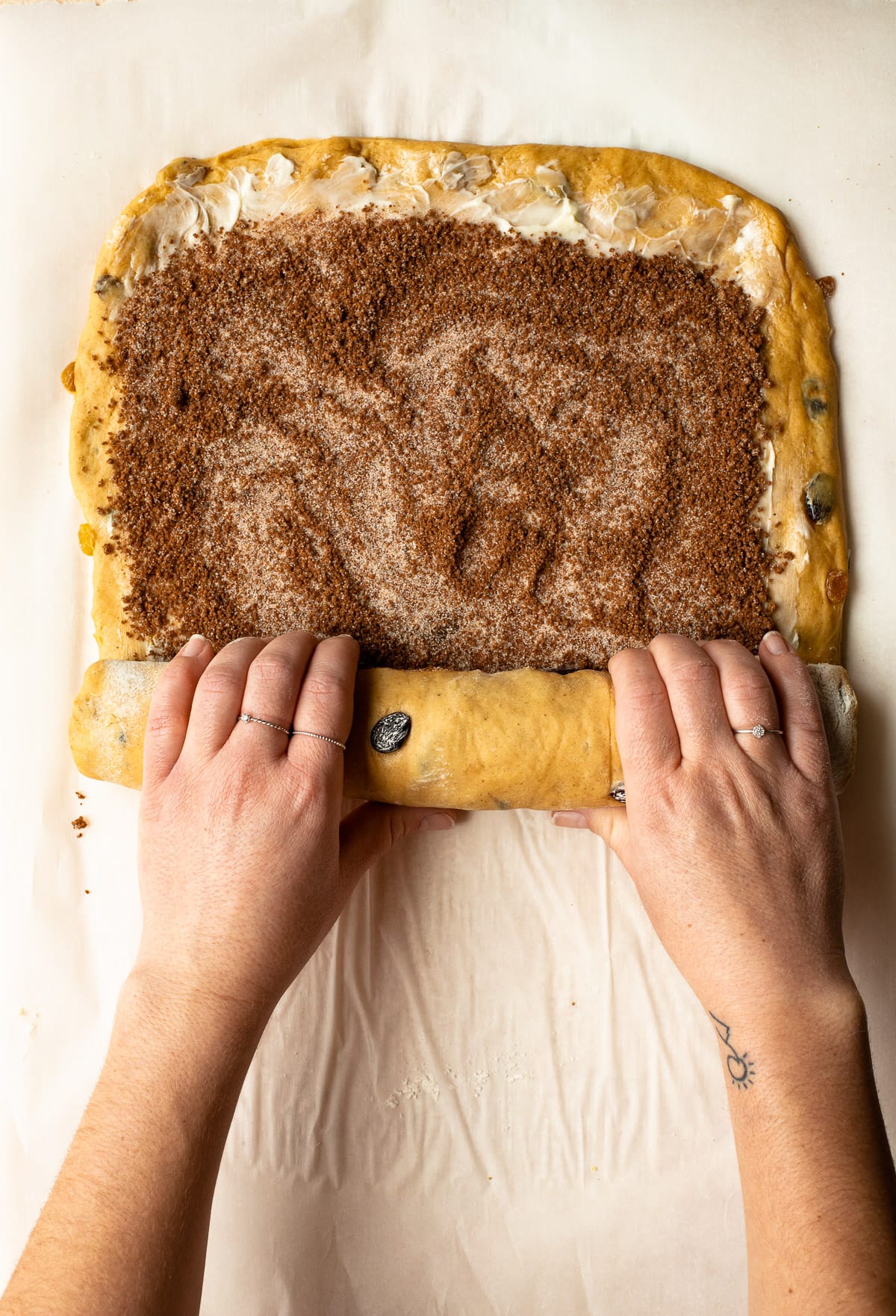
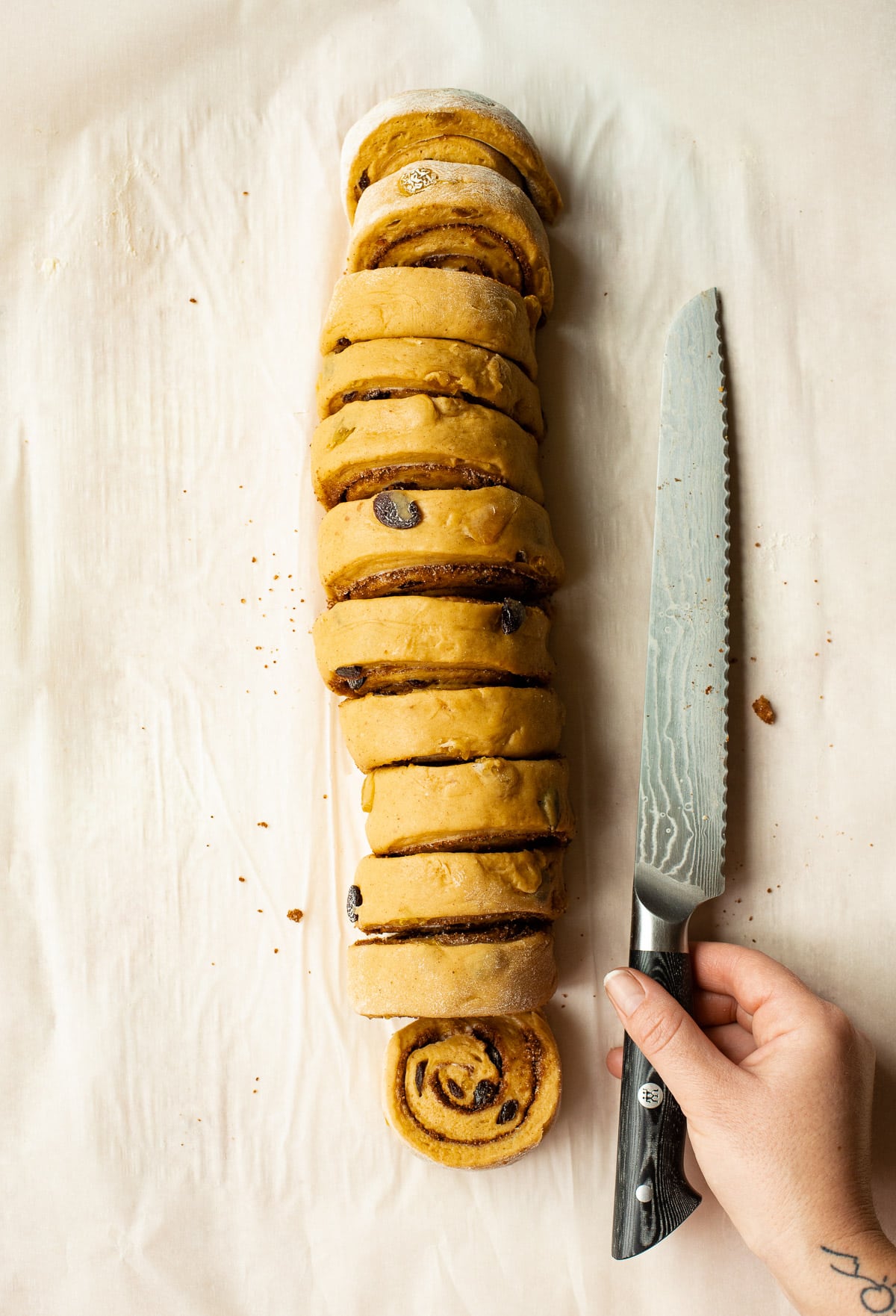
Step four - Let rise: Grease a 9"x13" baking dish with butter or cooking spray. Carefully place rolls in the baking dish in a 3x4 pattern. It's best to situate each roll so that the outer seam is touching the edge of the dish or another roll.
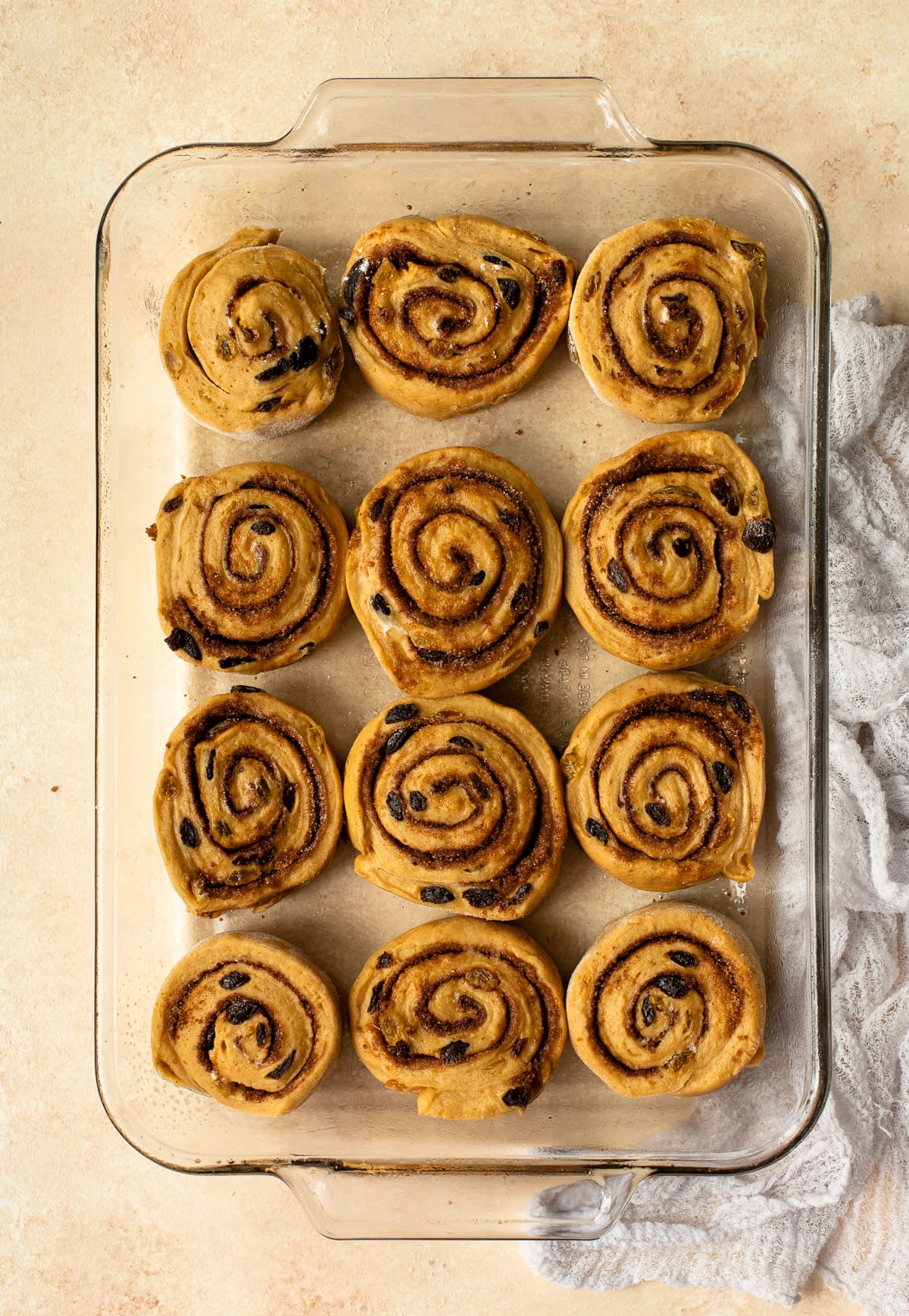
Cover the dish with plastic wrap and let the rolls rise until they've expanded enough to nearly fill the bottom surface (a few small gaps are fine). Optionally, you can do this second rise in the refrigerator overnight, and let them sit out for 1-2 hours the next morning to finish rising as needed.
Step five - Glaze and bake: Preheat your oven to 350ºF. Just before baking, brush the rolls with melted butter. Bake them for approximately 25 minutes, until the tops are beginning to turn golden brown.
If you have an instant-read thermometer, you'll know your cinnamon rolls are done when the interior temperature of the bread in the very middle of the pan reaches 190ºF. Always be cautious of overbaking; it's the worst thing you can do if you want gooey, super soft rolls!
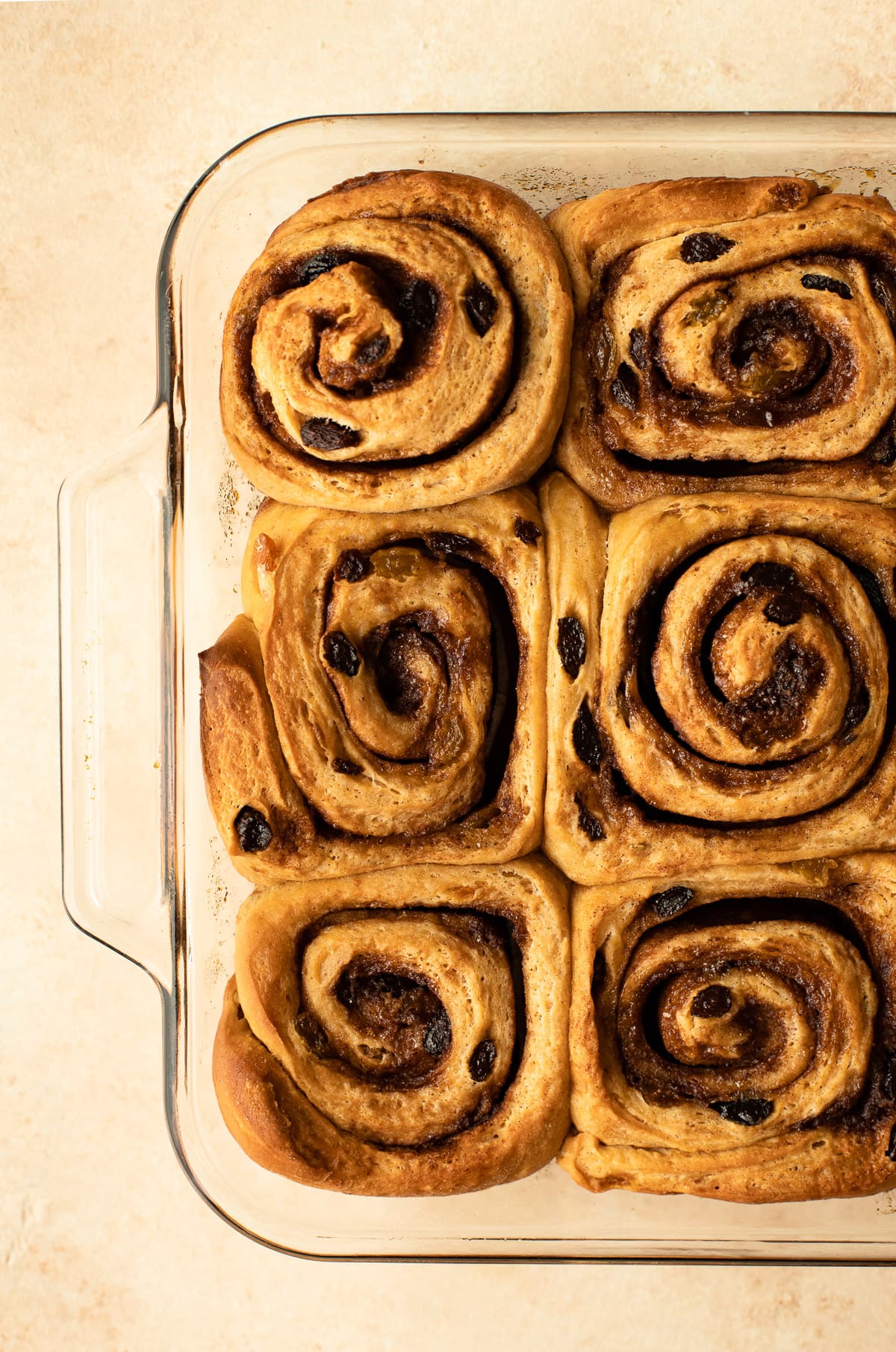
Frost the rolls:
Step one - Make the cream cheese frosting. In a medium mixing bowl, beat together the softened cream cheese and butter with an electric mixer until smooth and creamy. Add the confectioner's sugar, vanilla extract, and a heavy pinch of salt, and beat in until smooth once again.
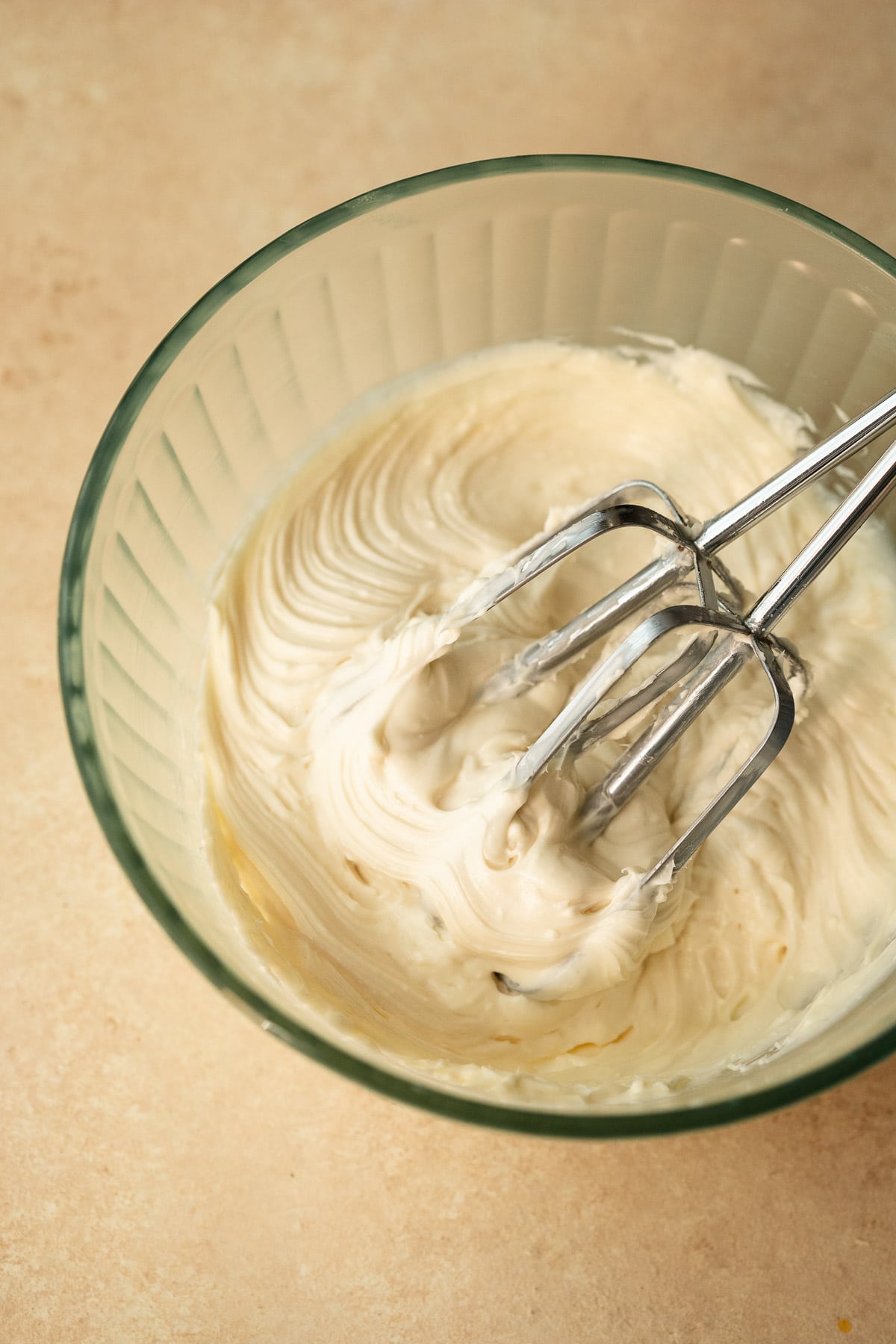
Step two - Frost: Use a spatula or knife to spread the frosting over the rolls once they've been out of the oven for about 15 minutes. Serve your homemade raisin cinnamon rolls while they're warm and doughy, of course!

Storing and reheating cinnamon rolls
Cinnamon rolls are always best when freshly-baked. This recipe is no exception, but that doesn't mean they won't still taste good a few days later!
If you don't plan on eating all of the rolls the day they're baked, I would suggest leaving the extras unfrosted. You can store the rolls directly in the dish they're baked in and cover them with plastic wrap. They'll be best if left at room temperature and should keep for up to 3 days. Store the frosting in a separate airtight container in the refrigerator.
Individual rolls can be reheated in the microwave for approximately 30 seconds, or until warm.
Recipe FAQ
If preferred, you can whisk the dry ingredients in the bowl of a stand mixer, and then mix in the milk and raisin mixtures (step 5 of the dough recipe) using the paddle attachment. Switch to the dough hook attachment to knead.
Yes! The second rise for this cinnamon roll recipe can be performed in the refrigerator overnight. Just make sure you let them finish rising for 1-2 hours at room temperature the following morning before baking them.
Dough rises best when left in a warm place - specifically around 75º-80ºF - which means your cinnamon rolls will naturally rise faster in the summer. During the cooler months of the year, the simplest thing you can do is find a draft-free spot for your dough and be a little extra patient with it. However, Taste of Home has a few other tricks you can employ to manufacture the ideal dough-rising environment.
More sweet breakfast recipes
If you're looking for something sweet to serve for breakfast or brunch, here are a few of my other favorite options!
Have you made this recipe?
If so, I'd love to hear your feedback; you can leave a rating and review in the comments section below!
Help spread the word by sharing this post on your favorite social media channel! If you happen to snap a photo of something you've baked, be sure to share it on Instagram and tag me (@brighteyedbaker) so I can give you a shoutout!
Cinnamon Raisin Rolls (Overnight Option)
These soft, gooey cinnamon raisin rolls have all the flavor of cinnamon raisin bread, but with an even better texture. A thick swirl of tangy-sweet cream cheese icing on top makes them all the more irresistible. To make your morning easier, these homemade sweet rolls can even be prepped for breakfast a day in advance!
- Prep Time: 50 minutes
- Rise Time: 2 hours 30 minutes
- Cook Time: 25 minutes
- Total Time: 3 hours 45 minutes
- Yield: 12 rolls 1x
- Category: pastries and sweet rolls
- Method: baking
- Cuisine: American
Ingredients
Cinnamon Roll Dough
- 5 ⅝ ounces (1 cup) raisins (regular and/or golden)
- 4 ounces (½ cup) orange juice, room temperature (I used freshly-squeezed)
- 6 ⅜ ounces (¾ cup) milk (preferably whole milk)
- 2 ½ ounces (5 tablespoons) unsalted butter, cubed
- 17 ounces (4 cups, spoon and level) bread flour, divided
- 2 ⅛ ounces (½ cup, spoon and level) whole wheat flour
- 1 ¾ ounces (¼ cup) granulated sugar
- 2 ½ teaspoons instant yeast
- 1 ½ teaspoons salt
- 2 large egg yolks, room temperature
- 1 tablespoon molasses
Cinnamon Sugar Filling
- 1 ⅞ ounces (¼ cup, packed) brown sugar
- 1 ¾ ounces (¼ cup) granulated sugar
- 1 tablespoon ground cinnamon
- 1 ½ ounces (3 tablespoons) unsalted butter, softened
- 1 ½ ounces (3 tablespoons) unsalted butter, melted
Cream Cheese Frosting
- 8 oz full-fat block-style cream cheese, softened
- 1 ½ ounces (3 tablespoons) salted butter, softened
- 3 ounces (¾ cup) confectioner's sugar
- 1 teaspoon vanilla extract
- Heavy pinch of salt
Instructions
Cinnamon Roll Dough
- Rehydrate raisins: Using a small bowl, submerge the raisins in the orange juice and allow to soak while prepping dough.
- Scald milk by heating it on the stove or in the microwave until the temperature reaches 180ºF. Add cubed butter and allow to melt, whisking in once melted. Let mixture cool to 120º-130ºF. Meanwhile, work on step 3.
- Combine dry ingredients: In a large bowl, whisk together 12 ¾ ounces (3 cups) bread flour with the whole wheat flour, sugar, yeast, and salt.
- Combine liquid ingredients: Add egg yolks and molasses to the cooled milk mixture and whisk until smooth.
- Make the dough: Add milk mixture to the dry ingredients along with the raisins and orange juice. Use a spatula to begin working everything together until the flour is incorporated, and then use your hands to knead into a single ball of dough.
- Knead: Place dough on a lightly-floured surface for kneading. Knead for 10-15 minutes, until dough is soft and elastic, incorporating only as much of the remaining 4 ¼ ounces (1 cup) bread flour as needed to prevent the dough from getting stuck to your hands or the counter.
- Shape and rest: Shape dough into a smooth ball and transfer to an oiled bowl, turning once to coat both sides in oil. Cover with plastic wrap and leave to rest for 30-60 minutes; the dough should expand a bit during this time, although it may not rise significantly.
Cinnamon Sugar Filling
- Make the cinnamon sugar: In a small bowl, whisk together the brown sugar, granulated sugar, and cinnamon for the filling.
- Roll dough out on a lightly-floured surface to form a 12"x16" rectangle, with one of the 12" sides facing you. Rub softened butter all over the top surface. Sprinkle the cinnamon sugar evenly on top, leaving 1" of buttered dough uncovered on the side farthest away from you.
- Roll and slice: Starting with the side closest to you, roll dough into a tight log. Once you get to the opposite end, roll the seam so that it's at the bottom of the log. Use a sharp knife or a string of floss to slice the dough log into 12 equal portions.
- Rise: Grease a 9"x13" baking pan with butter or cooking spray. Transfer sliced rolls to prepared pan in a 4x3 pattern, ensuring that the outer seam of each roll is touching the edge of the pan or another roll. Cover dish with plastic wrap and leave rolls to rise until they've expanded enough to nearly cover the bottom of the pan. (See notes for overnight instructions.)
- Glaze and bake: Preheat oven to 350ºF. Just before baking, brush rolls with melted butter. Bake in preheated oven for about 25 minutes, or until the tops are turning golden and the interior temperature measured near the middle of one of the largest rolls reads about 190ºF. Be careful not to overbake! Allow to cool for about 15 minutes before frosting.
Cream Cheese Frosting:
- Make the frosting: In a medium mixing bowl, beat together the softened cream cheese and butter with an electric mixer until smooth and creamy. Add the confectioner's sugar, vanilla extract, and a heavy pinch of salt, and beat in until smooth once again.
- Frost: Use an icing spatula or butter knife to spread the frosting over the rolls. Serve while still warm.
Notes
Ingredient Notes and Substitutions:
- Use whole milk if possible, although any kind will work.
- Whole wheat flour can be substituted with all-purpose flour or extra bread flour.
- If you'd prefer to use unsalted butter in the frosting, increase the added salt to ⅛ teaspoon.
- To substitute instant yeast with active dry yeast, use the same amount, but proof the yeast with a portion of the milk and sugar rather than adding it directly to the dry ingredients. The milk should be cooled to 105º-110ºF for active yeast.
- Feel free to use light or dark brown sugar.
Overnight Cinnamon Raisin Rolls:
- If prepping rolls the night before, transfer them to the refrigerator at step 4 rather than leaving them out to rise. Let them finish rising at room temperature for 1-2 hours the following morning before baking.
Storing and Reheating:
- Any rolls you don't plan on eating immediately are best left unfrosted. Store the rolls directly in the dish they're baked in, covered with plastic wrap. Keep at room temperature for up to 3 days. Store the frosting in a separate airtight container in the refrigerator.
- Individual rolls can be reheated in the microwave for approximately 30 seconds, or until warm.

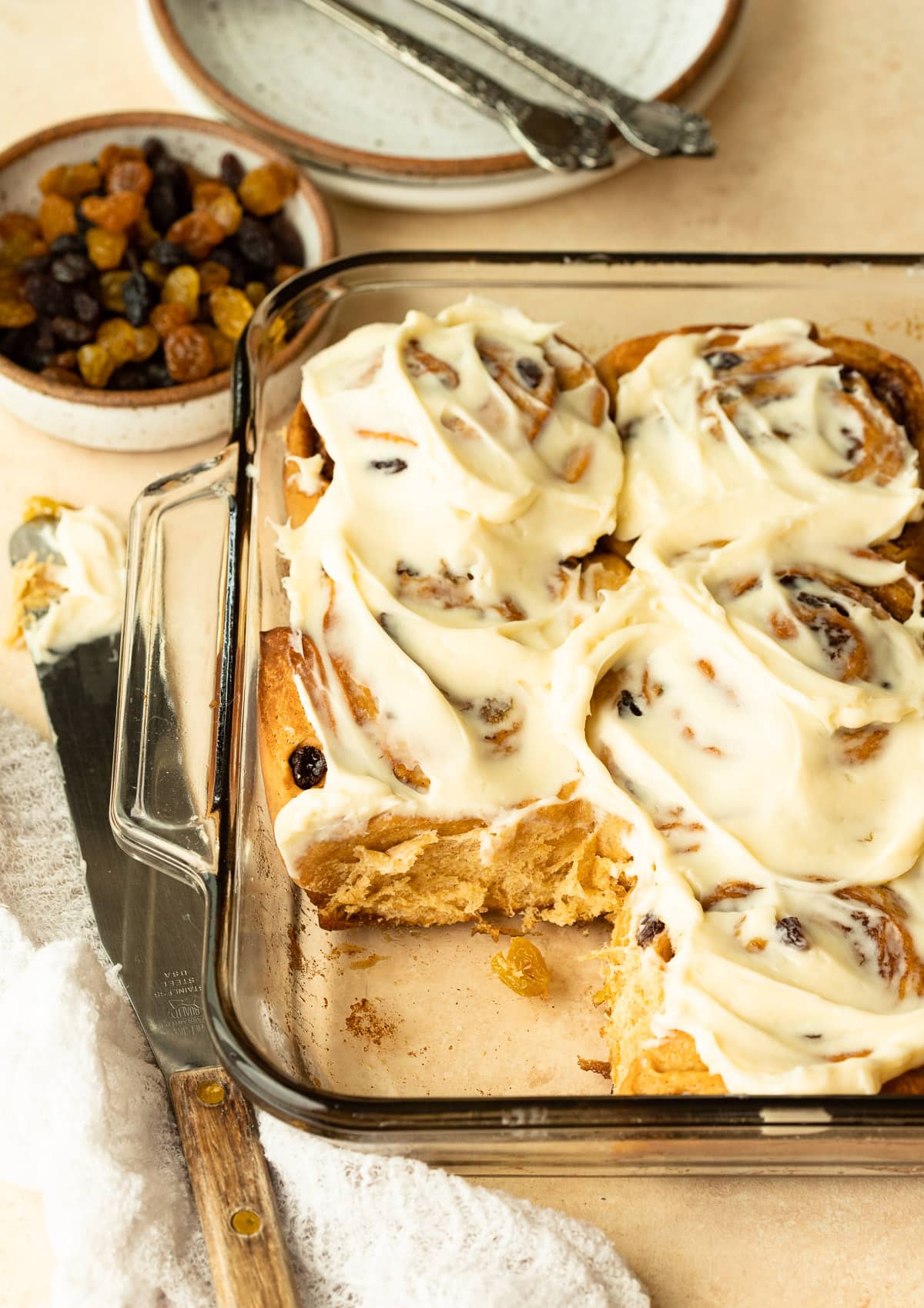


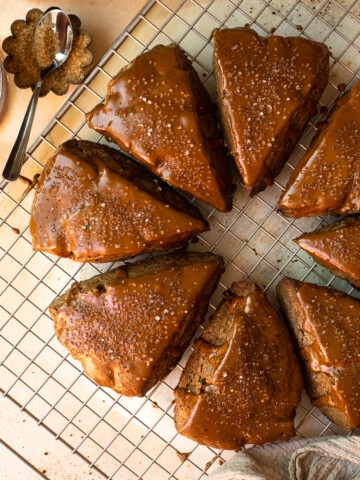
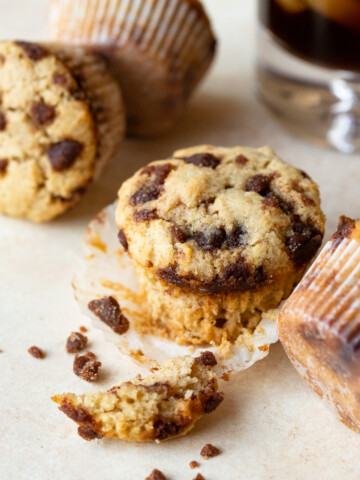
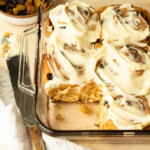
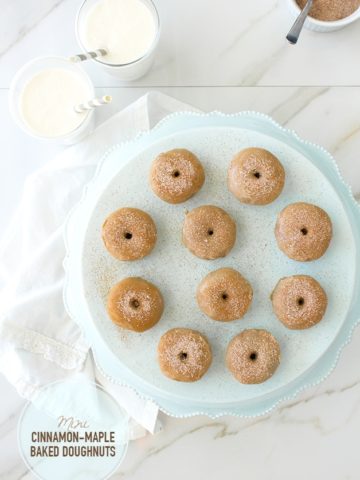

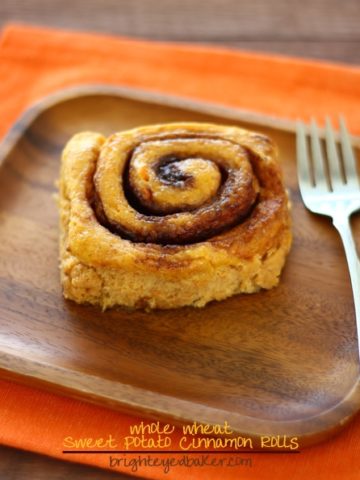
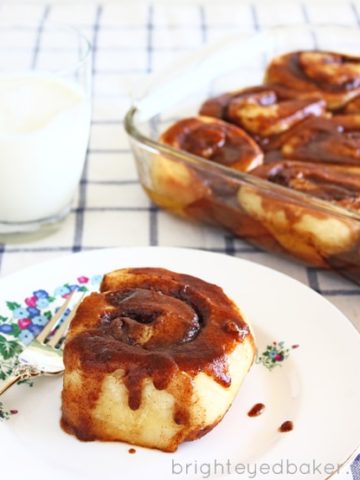

Sandra says
THE BEST EVER! And that's big coming from someone who made cinnamon buns every Christmas growing up! These are as awesome as any of your scones recipes! I thank you. My husband is in love all over again - with your recipes! LOL
June Burns says
Mmm that sounds like a delicious breakfast! Like cinnamon raisin bread in bun form :)
alexandra says
Hahah exactly!! ;)
Shiran @ Pretty. Simple. Sweet. says
Yum this looks gorgeous! One of my favorite sweets is cinnamon buns and my mom always begs me to add raisins :)
alexandra says
It's like cinnamon raisin bread in cinnamon bun form! So perfect!!